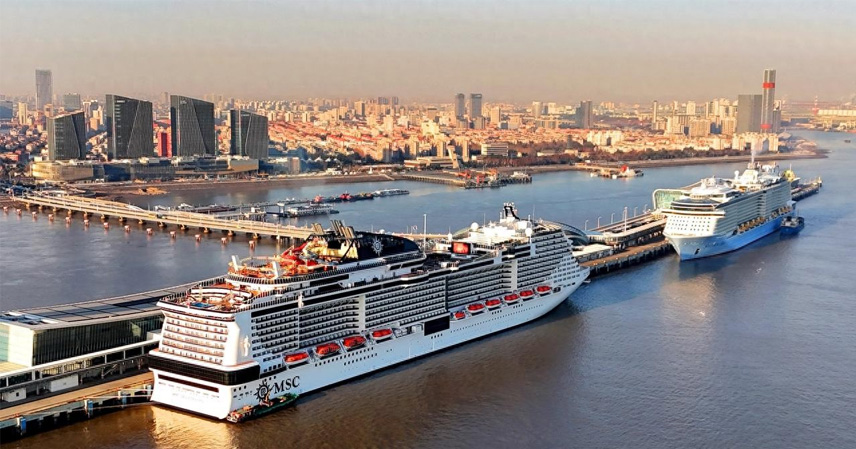A Policy That Hits Where It Hurts
Few expected China’s “Special Port Service Fee”, effective from October 14, to make headlines so soon. Yet, when a U.S.-flagged luxury cruise ship canceled its China stopover to avoid paying over 10 million yuan in port fees, it became the first real-world example of the rule’s bite.
What makes this policy remarkable isn’t the fee itself, but how it defines who must pay.
Traditionally, maritime fees are determined by where a ship is registered or built. This time, however, China took aim at ownership.
Under the new regulation, any vessel owned, operated, or at least 25% held by a U.S. company must pay the fee—regardless of its flag or construction origin.
This ownership clause acts like an invisible net, instantly widening the scope from a mere 1% of “purely American” ships to about 3,120 vessels worldwide, or roughly 3% of the global fleet—all tied, directly or indirectly, to U.S. capital.
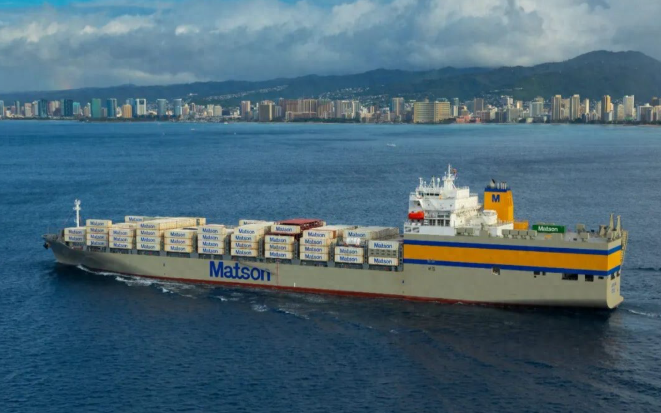
A Gradual But Relentless Squeeze
The cost structure is equally strategic. The base fee starts at 400 RMB per net ton, but it will increase gradually over the next few years.
By April 17, 2026, it will rise to 640 RMB, and by 2028, the rate will soar to 1,120 RMB per ton.
This “boiling frog” design gives shipowners time to adjust—but leaves a sword hanging overhead, signaling that Beijing means business.
At the same time, there are carrots amid the sticks. Ships built in China or arriving empty for repairs at Chinese shipyards are exempted.
That not only reduces the policy’s direct impact by nearly a quarter but also boosts domestic shipbuilding and repair industries—a deft dual move.
Reactions Across the Shipping World
The response from the global shipping community has been swift and varied. Companies reacted not with panic, but with strategic adaptation—each playing their own version of “survival through creativity.”
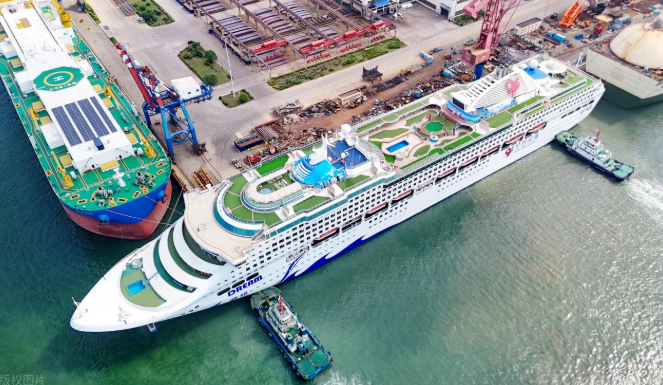
The “Avoidance Camp”
Maersk and Hapag-Lloyd moved fast, rerouting U.S.-flagged vessels away from Chinese ports to nearby hubs like Busan and Gwangyang in South Korea.
TS Lines, less optimistic about the U.S. market, took the opportunity to withdraw from the U.S. West Coast route altogether, declaring it wasn’t worth the trouble.
The “Cutting-Ties Camp”
Pacific Basin Shipping went a step further, engaging in “capital decoupling.” One of its non-executive directors resigned to reduce the company’s exposure to “U.S. ownership links.”
The “Compliance Camp”
In contrast, Matson—a key player in China–U.S. express shipping—chose to comply. The company stated it would not transfer the new costs to customers, keeping its routes unchanged.
But the cost is real:
Its ship MATSON WAIKIKI reportedly paid 12.09 million yuan at the Port of Shanghai, and another, MANUKAI, paid 4.46 million yuan in Ningbo.
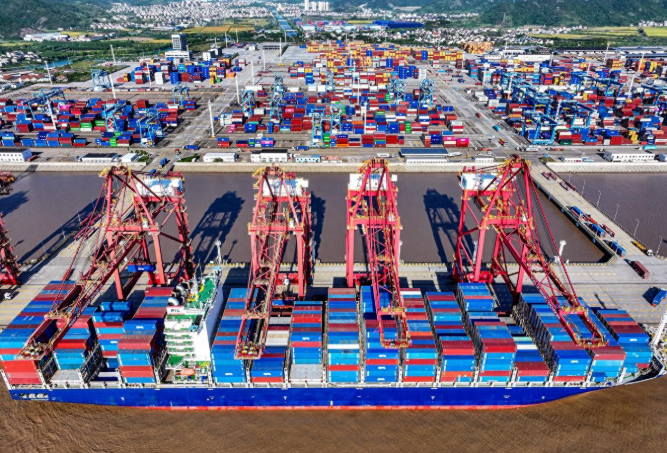
The “Abandonment Camp”
For the cost-sensitive cruise industry, the reaction has been more drastic.
The luxury liner RIVIERA canceled its Shanghai stop, facing a fee of around 11.67 million yuan. The decision sparked outrage among passengers, but the operator saw no financial alternative.
Who Loses the Most?
The hardest hit? The “Big Three” U.S. cruise giants—Carnival, Royal Caribbean, and Norwegian Cruise Line.
They now face a prisoner’s dilemma:
China remains a crucial growth market, but the costs of staying are skyrocketing.
For instance, Royal Caribbean’s Spectrum of the Seas, weighing 168,000 gross tons, would owe about 67 million yuan per voyage under the new rule.
With up to five billable voyages per year, the total annual fee could exceed 300 million yuan—and that’s before the 2028 rate hike.
Pay or retreat? Either choice is painful.
Yet their hesitation opens a rare window of opportunity for Chinese cruise companies to step in—enhancing services, expanding fleets, and capturing lost market share.
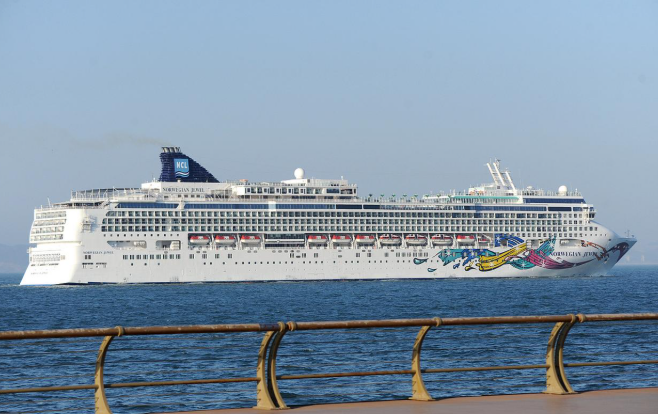
More Than a Fee: A Message to Washington
Ultimately, the “Special Port Service Fee” is less a financial tool and more a geopolitical signal.
It sends a precise, asymmetric message: the rules of engagement in Sino–U.S. maritime relations have changed.
In the short term, it adds another layer of uncertainty to global logistics. But in the long run, this measured show of strength may be exactly what prevents a deeper confrontation.

